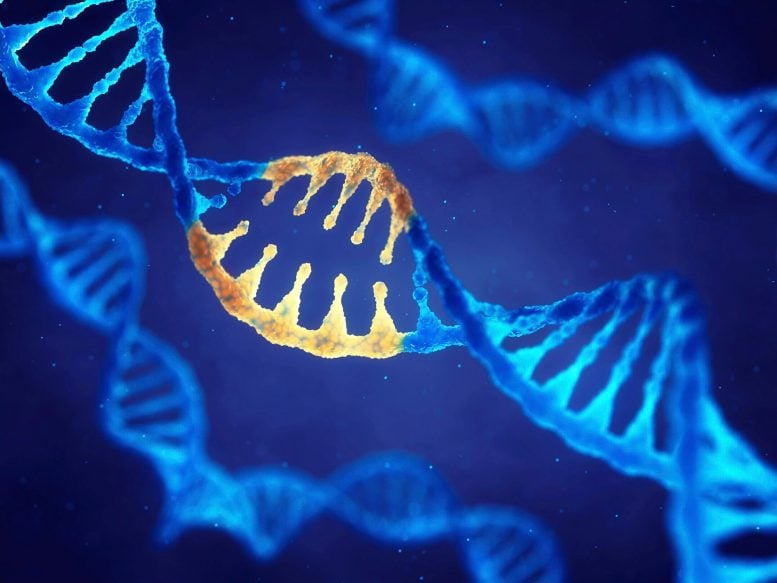Accurate and Error-Free DNA Editing: New CRISPR Technique Enables Unparalleled Efficiency

The SEED/Harvest method leverages CRISPR-Cas9 technology to make precise, efficient genomic changes in fruit flies, opening up new opportunities for genetics and medical research.
A new CRISPR-Cas9-based approach called SEED/Harvest combines a Single-Layer editing pathway to modify the genome of fruit flies efficiently and without residual damage. This method allows for accuracy and efficiency DNA updates throughout the genome, enabling research on protein function in different cells and developmental processes, which can be useful in genetics, biotechnology, and medical research.
The group led by Prof. Markus Affolter at the Biozentrum of the University of Basel has advanced the CRISPR/Cas technology in a new way that enables precise and unbiased labeling of proteins at the genetic level. This invention has great potential to improve protein research in living organisms and expand the possibilities of medical research.
With CRISPR/Cas editing technology, the DNA of organisms can be precisely modified. Using the guide RNA that recognizes a specific DNA sequence, the Cas9 protein binds to that sequence and cuts the DNA. This targeted site allows the DNA to be modified or modified at this specific site.
The group of Prof. Markus Affolter of the Biozentrum, University of Basel, has now developed a new method called SEED/Harvest in the fruit fly (Drosophila melanogaster). This method combines the CRISPR-Cas9 method with the Single-Strand Annealing (SSA) repair method, which enables genome-wide changes to be made efficiently and without leaving unwanted lesions. The study was published in Developmental Cell.
The two methods are combined
The SEED/Harvest process proceeds in two steps. In the first step, the researchers introduced a type of marker in the desired DNA region in the protein-coding region. This marker is placed in the target area and is used to classify successful changes.
In the second step, the marker is removed and the DNA gaps are repaired by the Single-Strand Annealing (SSA) repair pathway. First author Gustavo Aguilar explains: “The combination of these two methods makes it possible to tag any desired protein in the genome without wasting money, which allows us to study the functions of proteins in organisms alive.”
It is more accurate and efficient
“Since we would like to generate and analyze changes in DNA throughout the genome for our research, this method must be accurate and efficient,” explains Affolter. “And the SEED/Harvest method is both. It combines the most powerful analysis of successful installations with all the benefits of seamless installation. ”
New research opportunities
One of the advantages of the SEED/Harvest method is that proteins can be labeled in specific tissues and cell types. “We are now able to control and determine in different types of cells and stages of development where genes are used or not” added Gustavo Aguilar. This opens up new research opportunities to systematically investigate protein dynamics in living cells in real time.
This method is not only important in genetics and biotechnology. “The SEED/Harvest method can also be of interest in medical research, for example, to identify genetic defects,” says Affolter.
Reference: “Seamless knockins in Drosophila via CRISPR-triggered single-strand annealing” by Gustavo Aguilar, Milena Bauer, M. Alessandra Vigano, Sophie T. Schnider, Lukas Brügger, Carlos Jiménez-Jiménez, Isabel Guerrero and Julyus Affolter, Markus Affolter, Markus Affolter, 2024 , Developmental Cell.
DOI: 10.1016/j.devcel.2024.06.004
#Accurate #ErrorFree #DNA #Editing #CRISPR #Technique #Enables #Unparalleled #Efficiency
